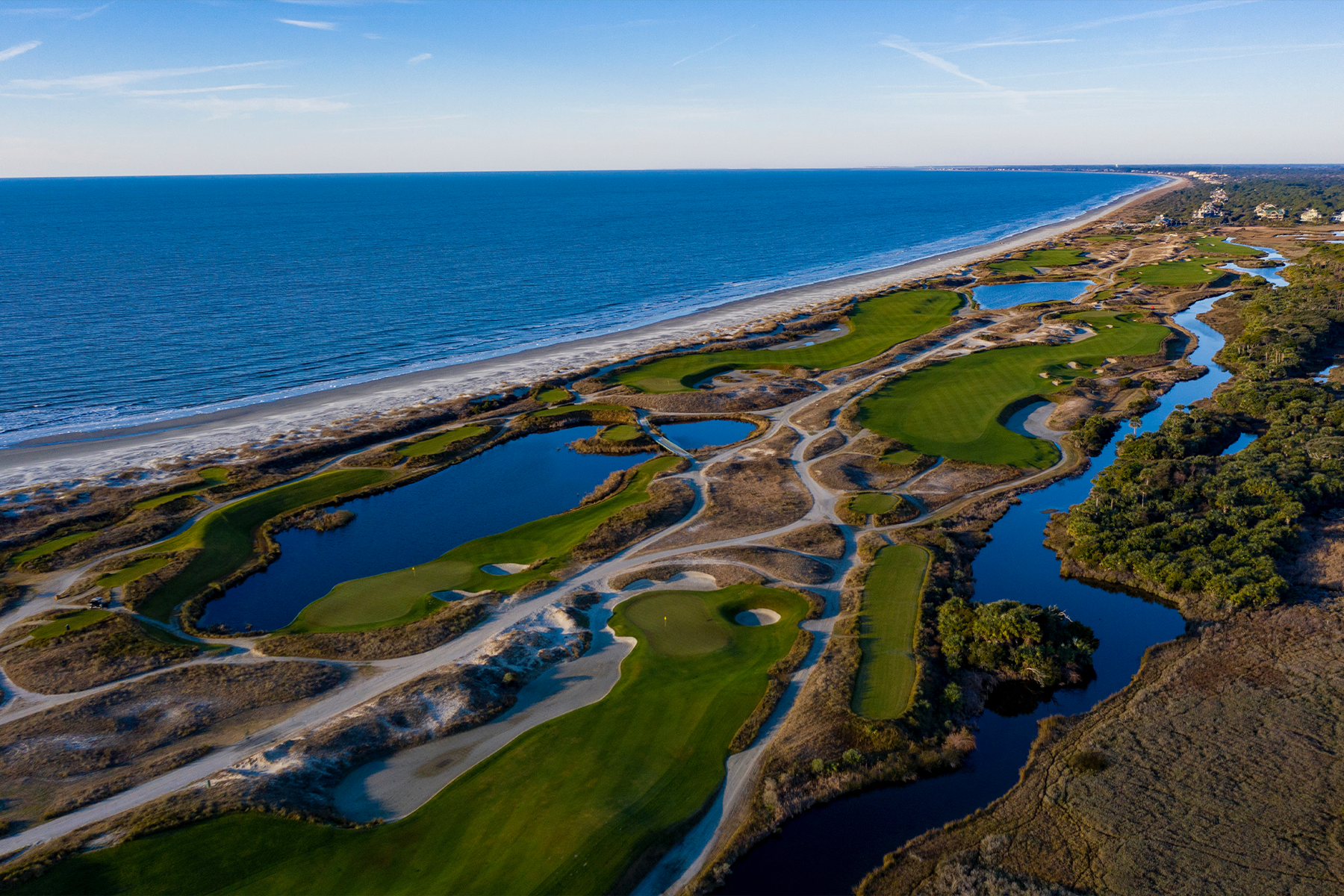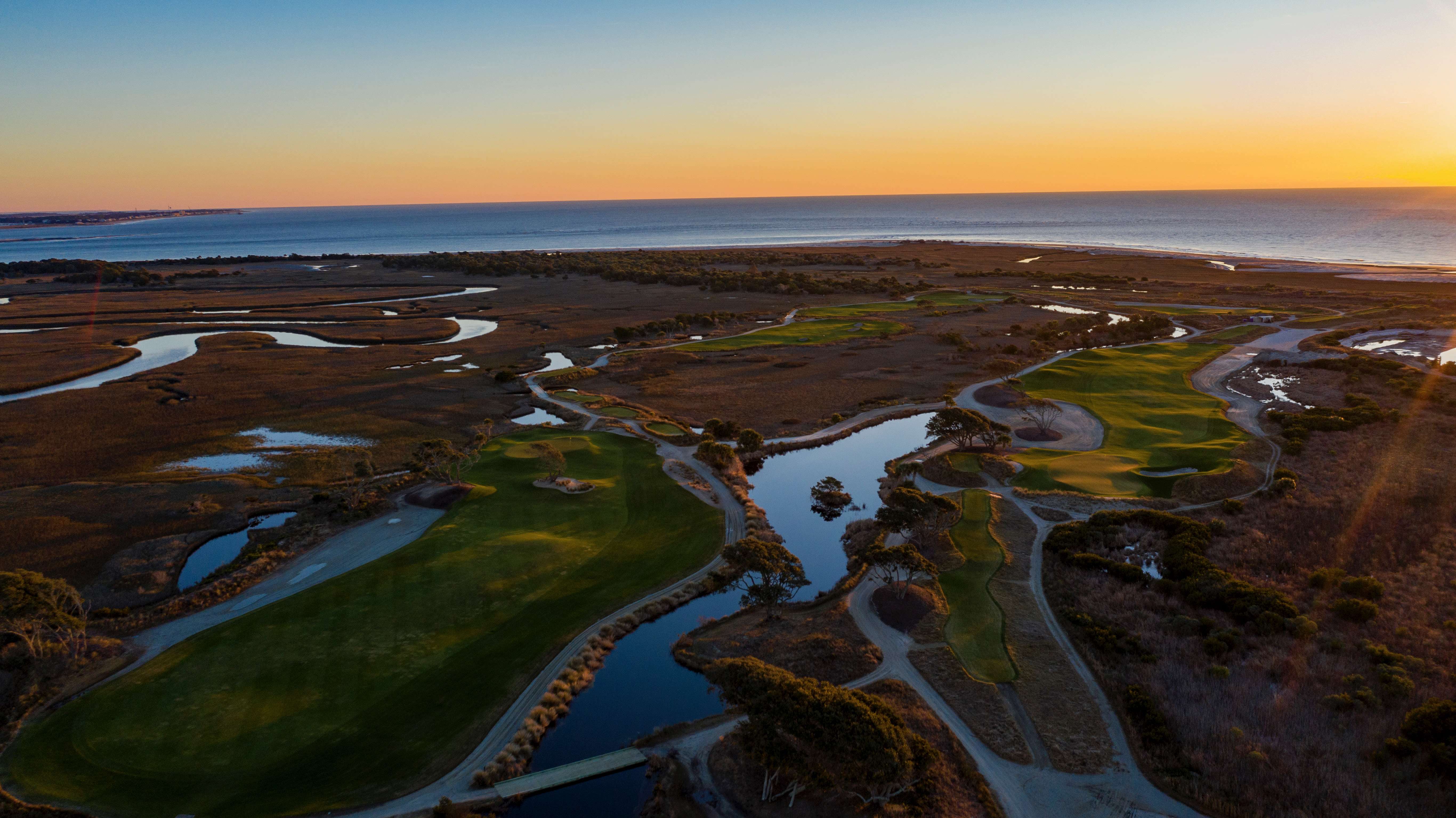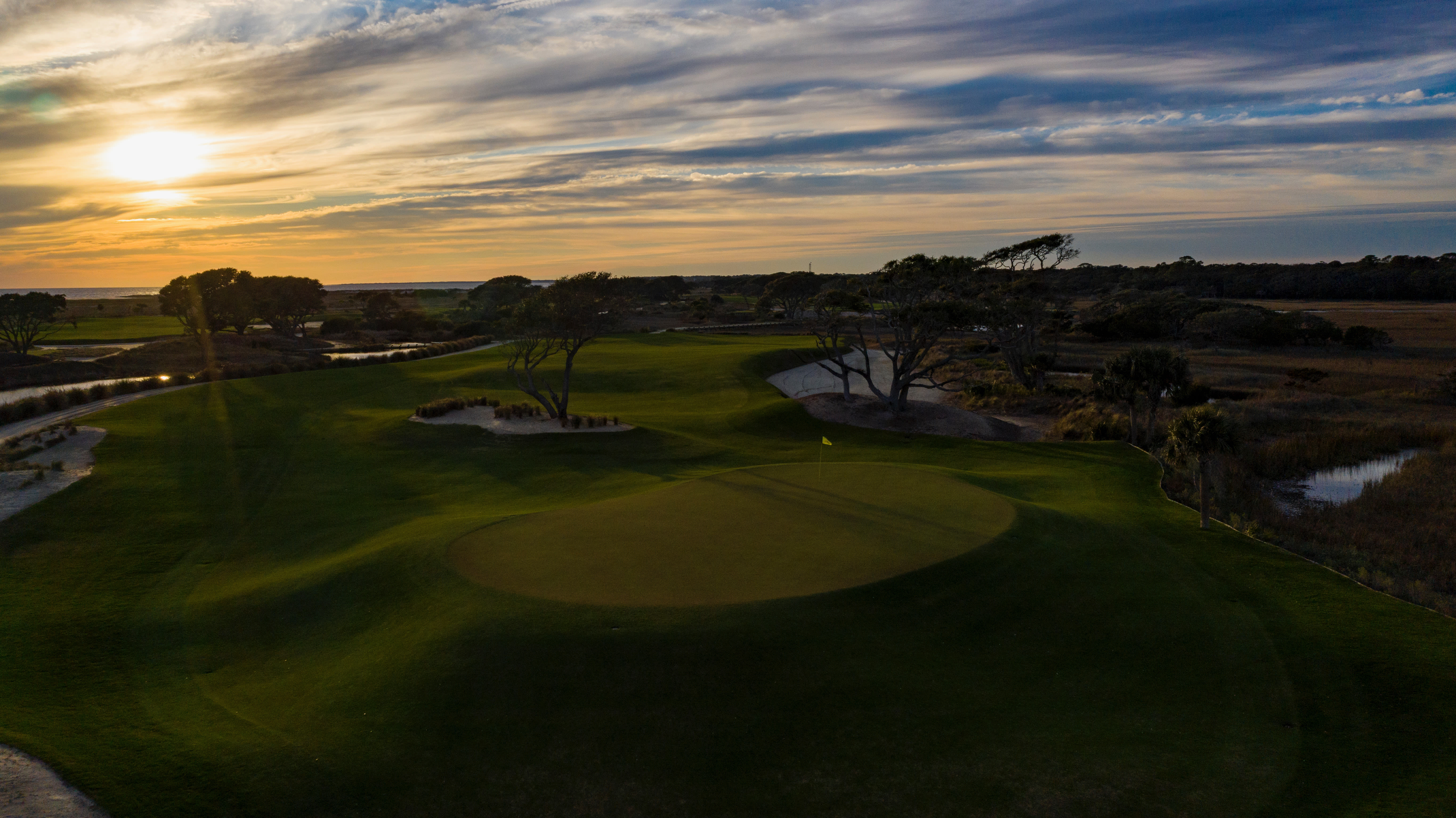Course Spotlight
The Ocean Course Overview: The Wind
By Andy Johnson, The Fried Egg
Published on

Photo by Andy Johnson / The Fried Egg
Editor's Note: This is part one of a five-part series that overviews The Ocean Course in advance of the 2021 PGA Championship. Andy Johnson is the Founder of The Fried Egg, a website and podcast that covers golf course architecture and professional golf.
The raw beauty of the Ocean Course is unmistakable. Sitting on the point of Kiawah Island off of the South Carolina coast, the Pete Dye design has stunning views of the Atlantic Ocean and its tidal marshes. The setting alone makes the Ocean Course an intriguing host for a major championship. But when you combine this setting with the challenges of the natural elements on Kiawah Island, you have a course that could make the 2021 PGA Championship one of the year’s most memorable golf tournaments.
Joe Walser, an executive with Landmark Land Company, hired Pete Dye to design the Ocean Course in late 1988, and Walser gave Dye a difficult task: finish the course in time to host the 1991 Ryder Cup. It was the first time the Ryder Cup had been awarded to a course that didn’t yet exist.
Like many visitors before and after him, Dye found himself mesmerized by the beauty of the Kiawah Island property. “The combination of the beautiful ocean views on one side and the vast saltwater marshes on the other captivated me,” he wrote in his book Bury Me in a Pot Bunker. “While tough work lay ahead, I told Joe Walser I would have bent down on my knees and begged (perhaps even traded in [my wife] Alice) for the opportunity to build a course on such magnificent property.”
Marshes / Ocean:

Photo by Andy Johnson / The Fried Egg
The site was a narrow strip of oceanside land that reminded Dye of the British and Irish links he admired and studied. His routing, therefore, had some of the out-and-back flavor of courses like St. Andrews and Royal Troon: the front nine ventures out to the northeast before looping back around, and the back nine treks to the southwest before returning to the clubhouse. The holes are perched above the underlying sand dunes and, as at most great links courses in Great Britain and Ireland, exposed to the wind.
The wind is the Ocean Course’s single most important feature. It’s always a factor, even on relatively calm days. Pete Dye was well aware of this fact, and his design maximizes the influence of natural elements. During construction, at the suggestion of Alice Dye, he raised up the holes on the back nine in order to give golfers unobstructed views of the Atlantic Ocean. In doing so, he augmented the impact of the wind on play.
In addition, Dye incorporated both subtle and abrupt changes of direction into the routing of the Ocean Course. Each tee shot, each approach has a different relationship with the wind. Considering how small and elevated the targets on the greens are, a player’s ability to adapt to both big and small changes in wind direction is critically important.
Perched Greens:

Photo by Andy Johnson / The Fried Egg
So the story of the 2021 PGA Championship will be how the best players in the world handle the sheer force and variety of the natural elements at the Ocean Course. The wind can be uniquely relentless here. Fans may remember the 2012 PGA Championship, which Rory McIlroy won by a record-setting eight shots. What fans may not recall, however, is how difficult the Ocean Course played for anyone not named Rory McIlroy. Only 20 players broke par, and only McIlroy finished more than five under.
This happened in spite of relatively benign winds and soft conditions for three of the four rounds. It was on Friday that the Ocean Course truly showed its teeth. In windy conditions during the second round, 30 players failed to break 80, and there were more scores in the 90s than in the 60s. Afterwards, Vijay Singh—who shot 69, the round of the day—told reporters, “After a while you don’t really think about your score. You just think about each hole, each shot, and try not to mess up.”
Vijay / 2012:

Photo by Johnathan Ferrey / Getty Images
That Friday still stands as the most difficult day in PGA Championship history. And keep in mind that the tournament was held in August back then. With this year’s championship taking place in late May, we’re more likely to see strong winds, and the Ocean Course is less likely to receive softening rains.
If the wind blows, the Ocean Course will force the world’s best golfers out of their comfort zones. No hole will give them a place to hide. So at the 2021 PGA Championship, expect players who are slightly off their games to be exposed, and assume that only the best ball-strikers will thrive.